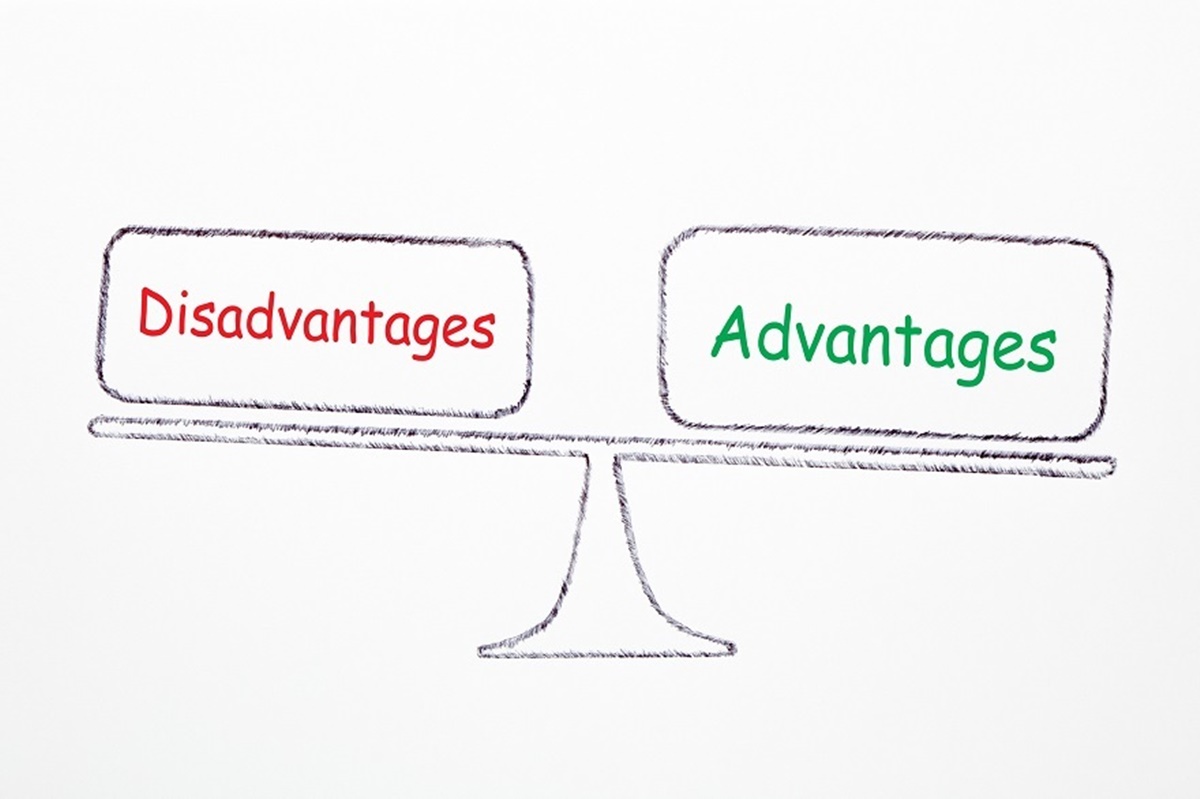Retail Inventory Method: Definition, Examples & How To Use
Have you ever wondered how much value your goods on hand have? How can you calculate them? It may sound tricky, but don’t worry, we will show you a very popular method: the retail inventory method.
By showing easy explanations and illustrating an example, we will help you to get a better understanding of the method. Now, let’s begin!
Related Posts:
What exactly is the retail inventory method?
Retail Inventory Method Definition
As an accounting method, the retail inventory method estimates the value of a store’s merchandise. By measuring the cost of inventory corresponding to the price of the goods, this method yields a store’s ending inventory balance.
The retail inventory method employs the cost-to-retail ratio together with revenue and inventory for a period. This ratio is the percentage by which merchandise is marked up from their wholesale purchase price to their retail sales price; in other words, it shows how much cost in the retail price of the merchandise.
Take an iPhone as an example. The manufacturing cost is $250, and the price is $500 each, so the cost-to-retail ratio is 50% (or $250/$500)* 100.
Nevertheless, the drawback of this retail inventory method is that it does not take into account the goods that may be stolen, damaged, or misplaced, so the inventory value is not accurate. Therefore, periodic physical inventory valuation should be carried out to ensure the inventory calculations are accurate.
Retail Inventory Method Examples

Based on the previous example, the iPhone costs $250 to produce, and its price is $500 each, the cost-to-retail ratio was 50% (or $250/$500)* 100. Now, assume that for the period, the total sales of the iPhone are $2,000,000.
- Beginning inventory: $1,400,000
- New Purchases: $600,000
- Total goods available for sale: $2,000,000
- Sales: $900,000 (Sales of $1,800,000 x 50% cost-to-retail ratio)
- Ending inventory: $1,100,000 ($2,000,000 - $9,00,000)
How to use the retail inventory method?
The method for valuing retail inventory calculates the ending value of the inventory by summing the value of the goods available for sale, which contains beginning inventory and any new inventory purchases. Total sales for the period are deducted from goods available for sale. Then multiply the difference with the cost-to-retail ratio.
You should use the retail inventory method only if the correlation between the price at which merchandise is bought from a wholesaler and the price at which it is sold to customers is clear.
For instance, if a shoe store marks up every product it sells by 100% of the wholesale price, using the retail inventory method will be a good choice, however, if it marks up some products by 20%, some by 35%, and some by 65%, this method may not produce accurate figures. When markups fluctuate, like in the holiday season, the method is not accurate anymore.
Advantages and disadvantages of the retail inventory method

As part of the Generally Accepted Accounting Principles provided by the American Institute of CPAs, the retail inventory method generates a report on the value of available inventory, which is a valuable document in terms of measuring a business’s value. Besides, this method allows retail operators and merchants to save the time and expense of shutting down for a period to administer a physical inventory.
However, this method has some disadvantages. It does not account for damaged or stolen items or ones taken out of inventory for another reason, like a natural disaster; the calculations are not precise and reliable.
Another drawback is that it only holds if the markup is consistent across different items. Otherwise, the outcome will not be 100% accurate. Substantial additions of inventory, such as the acquisition of another company, cause the calculations to be wrong.
Who should use the retail inventory method?
The retail inventory method is suitable for everyone retailers with various locations because physical inventories can be challenging to regulate at the same time in different places. It is also ideal for merchants with humble amounts of goods in transit, as it does not account for the large ones. The merchants that are pleased with estimates available on a more regular and on-demand basis also are inclined towards this method.
The retail inventory method is perceived to be suitable for your business; we still suggest a physical inventory that stops the clock and counts available the goods. It offers more insight into determining sales and value.
Bear in mind that this retail inventory method is more like an educated guess than a precise calculation of how much value the goods have. It offers you snapshots with directionally accurate figures, although the representations are not as clear or detailed as physical inventory.
Final thoughts
To sum up, this retail inventory method helps you gain a bird-eye view of how much value your store’s goods have. You can make use of this useful method to perform better in inventory management.
As a retailer, you may find out that sourcing your company’s products should be in for a change. You can choose between retail and wholesale, both of which are popular methods to source products to sell. To understand the difference between two methods, check out our post here: Wholesale vs Retail: Key Differences and How to Choose The Right Channel?.
Hopefully, you have found this article helpful. If you have any questions, comments, or concerns, please comment below and share this. Good luck with your online business!
New Posts







